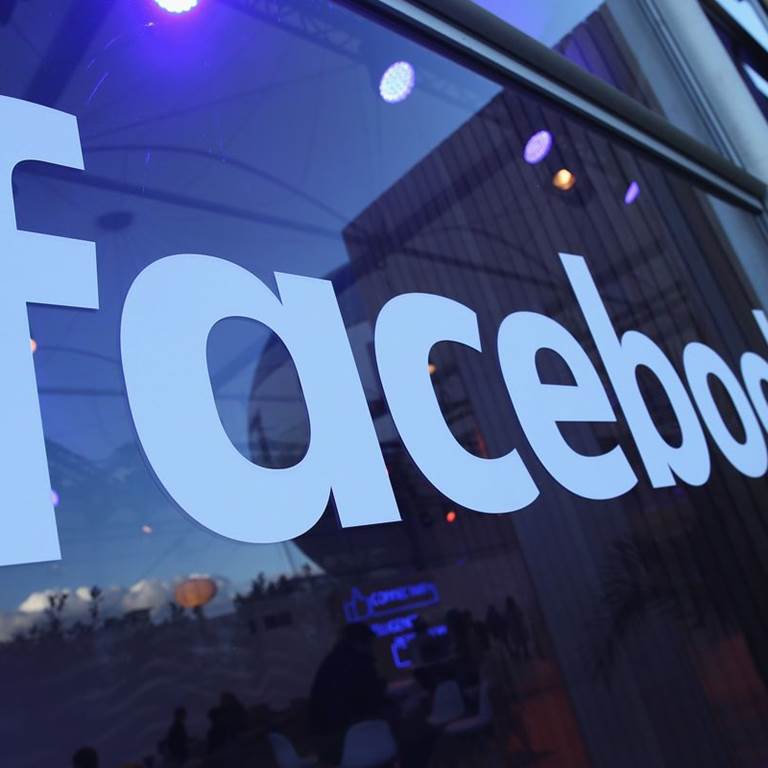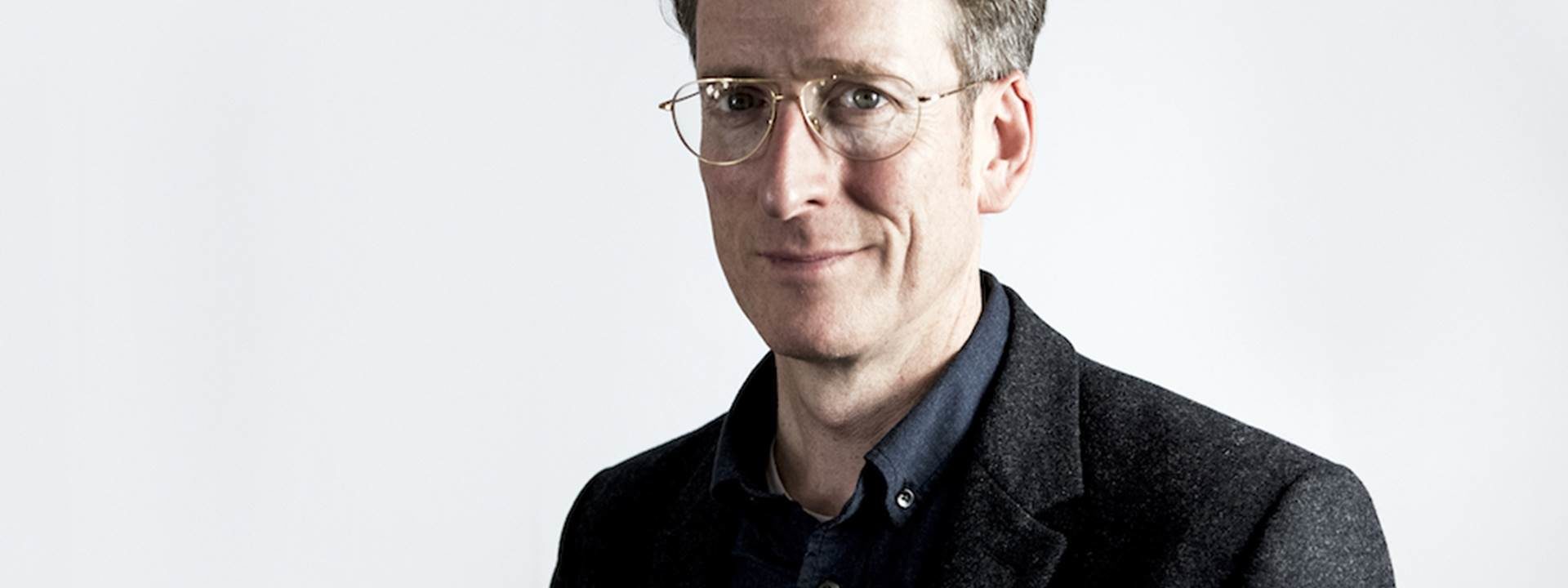Don’t watch this space
news
In the Press
Published by
Charles Vallance
Date
14/08/2017
The pendulum of content creation, it seems, is nudging away from the amateurs and back to the pros.
My favourite was the one where the amorous donkey chased after the burly lorry driver who had gone for a surreptitious poo in the corner of a field with his trousers round his ankles. There was also that side-splitter where the elephant keeper’s head momentarily disappeared up the backside of the elephant he was keeping as it offered to sit down (fortunately, it didn’t).
I don’t know what your favourites were. But I have grave news. The age of the user-generated internet meme may be nearing its end. According to recent data from Mavrck, UGC postings on Facebook have fallen by 29.49% in the past year. Meanwhile, all of the most-shared videos last month were produced by professional publishers. And GlobalWebIndex reports a steep drop in the past two years in people saying they wish to use social media to share their daily lives with their friends (down by 26%). Taken together, this can only mean one thing; we are facing a chronic slump in the posting of hilarious cat GIFs. Worse still, many experts anticipate a similar collapse for next year. We might just be staring down the barrel of Catageddon.
And you, dear reader, are one of the experts because, if you work in the field of communications, one way or another you will be an expert at generating content. And the pendulum of content creation, it seems, is nudging away from the amateurs and back to the pros. A pat on the back all round.

And you, dear reader, are one of the experts because, if you work in the field of communications, one way or another you will be an expert at generating content. And the pendulum of content creation, it seems, is nudging away from the amateurs and back to the pros. A pat on the back all round.
Facebook’s pivot
I have always felt that the advertising doom-mongers have been mistaken about the prospects for our trade. It is particularly gratifying to note that the good news is coming from one of the very forces that might have been predicted to be our undoing. It is equally gratifying to see the mighty Facebook having to do a bit of a swivel and a pivot, something we’ve been used to doing for years in explaining our day job. Just like advertising, social media platforms change and evolve. At the same time, many of the underlying competences remain evergreen.
However, while adfolk deliberate at length about the turmoil facing our industry, we spend comparatively little time looking at the seismic disruptions unfolding in social media. Even the phrase “social media” is becoming an anachronism. If the big usage trends continue for a couple more years, there won’t be such a thing as social media. We will have gone back to media (content) on the one hand, and social (connectivity services) on the other. The clever clogs at Facebook are well ahead of us, of course. They know they are rapidly becoming more of a media site, which is why Facebook TV is such a big play. Moreover, as the owner of WhatsApp and Instagram, its eggs are in both baskets anyway. Which probably explains its brutal NPD investment assault on Snapchat.
There is another group of experts who will be direct beneficiaries of the re-professionalistaion of content. In fact, they are the embodiment of it. These are the social media influencers. The Casey Neistats, Zoë Kravitzs and Zoellas of this world. SMIs already feature in many good pieces of channel planning, but expect them to feature more. Some, such as Neistat, have already usurped the role of the Hollywood A-List shill to become a TV frontman for brands.
Curate’s egg
The trouble is that the world of influencers is something of a curate’s egg. Some offer tremendous value, others come at an inflated price. Others still are charlatans, buoyed by follower and share data artificially elevated by fellow celebrity wannabes, who monetise in packs, talking largely to themselves.
Making the right choice of influencer is, in fact, an art in its own right. You might almost argue that it’s a skill requiring knowledgeable intermediaries. Perhaps they are to be found at old-fashioned enterprises historically known as “advertising agencies”. You never can tell.
As in all markets, we will see increased competition for the services of the best influencers. Amazon, no slouch in the field of media content these days, has made numerous clever plays. Its latest foray, Amazon Video Direct, seeks to attract accomplished content producers by offering what it sees as a more generous value exchange (15 cents per hour streamed on Prime versus YouTube’s 55% of ad revenue). Don’t watch this space. Get involved in it. The advancing bifurcation of social and media should prove a rich seam for adland.


